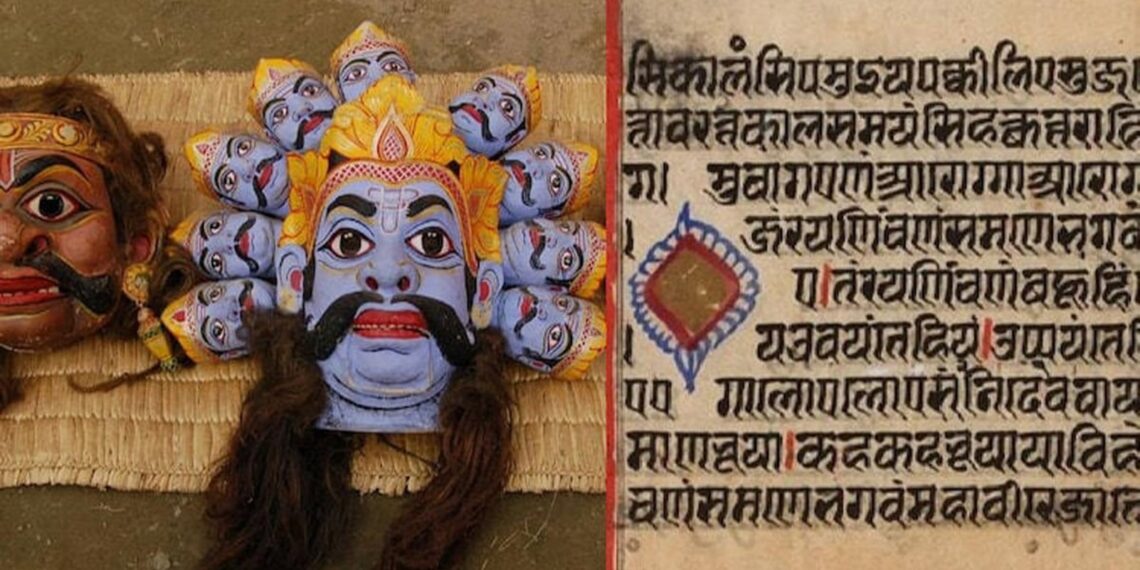GUWAHATI: Majuli now proudly holds the distinguished Geographical Indication (GI) tag, recognising its esteemed Mukha Xilpo (mask-making) and Manuscript Paintings.
The Centre bestowed the prestigious approval, acknowledging the deep cultural heritage and historical significance embedded in these traditional folk crafts.
Expressing jubilation at this significant milestone, Chief Minister Himanta Biswa Sarma took to a micro-blogging website to underscore how this recognition will safeguard the rich artistic legacy of the state’s artisans.
“Majuli’s Mukha Shilpa traces its origins to Srimanta Sankardev, who used arts as a medium for Bhakti. My gratitude to Hon’ble Prime Minister Shri @narendramodi Ji for granting the GI tag to the region’s mask & manuscript paintings. This will protect the rich skills of our artists,” he shared.
Mukha Xilpo, with its roots dating back to the 1500s, holds a profound significance.
Introduced by the revered saint and polymath Saint Sankardeva during the medieval period in Assam, Mukha Xilpo emerged as a cornerstone of cultural expression, embodying an array of masks symbolising various characters, emotions, and Vaisnavism themes.
These masks transcend mere artistry; they serve as a vibrant reflection of Majuli’s local socio-religious fabric.
Crafted using indigenous materials, they encapsulate the community’s ingenuity and serve as visual narratives of Vaisnavism ideals.
This tradition endures through the skilled craftsmanship of artisans in the Satras (monasteries) and local villages.
Parallelly, Majuli’s Manuscript Paintings breathe life into Hindu epic tales from the Ramayana, Mahabharata, and Bhagavata Purana.
Particularly noteworthy are those depicting Lord Krishna’s Bhagavata Purana narratives, showcasing the region’s rich cultural heritage and artistic finesse.
The rarity of these artworks lies in the distinct manuscript writing styles—Gargayan script, Kaithall, and Bamunia.
The conferment of the GI tag serves a dual purpose – it not only safeguards Mukha Xilpo and Manuscript Paintings, but also amplifies the global spotlight on Majuli’s artistic prowess.















